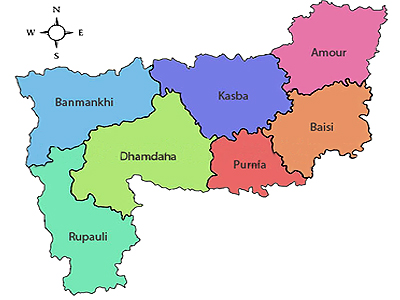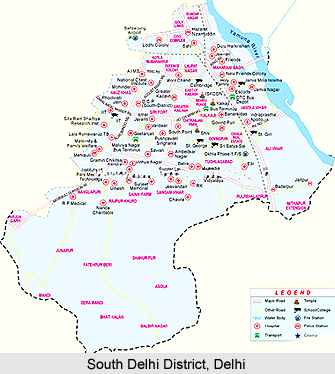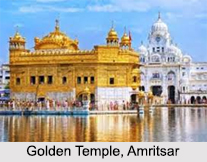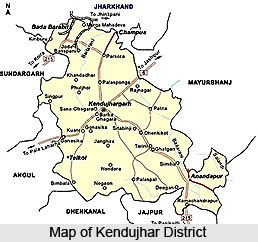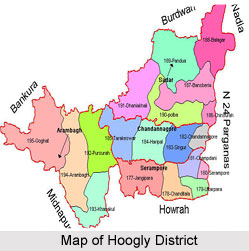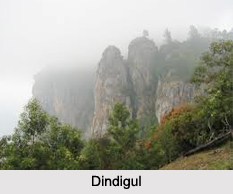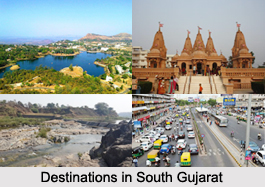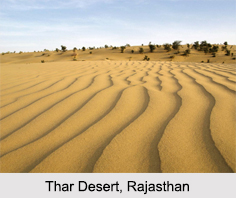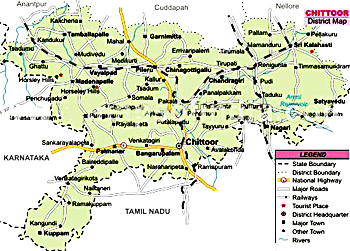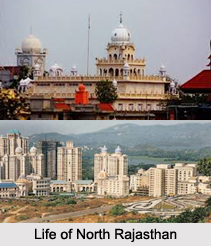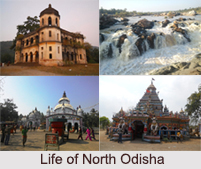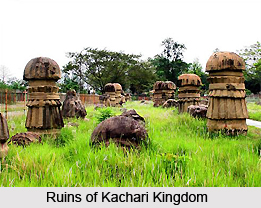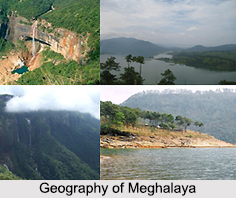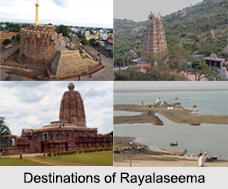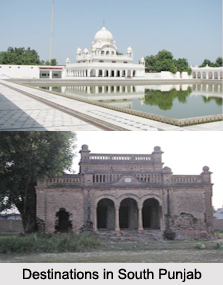Ravivarman Kulasekhara gave Kerala its unique political identity. The kingdom of Venad in Kerala became an important political power in the 12th century A.D. when the power of the Kulasekharas waned. A number of well-known kings made this kingdom one of the most famous ones in South India of this age. The most important of these was Ravivarman Kulasekhara. He invaded the Pandyan kingdom and established his control over all the areas which had formerly been under the control of the Pandya kings. His coronation as the Emperor of the whole of South India took place in 1312 A.D., at Madurai, the capital of the Pandyas and he then executed his second coronation at Kanchipuram, another important political centre. Ravivarman Kulasekhara was also titled as `Sangrama Dhira` or `one who is firm in battle`.
Soon after Ravivarman Kulasekhara became the monarch of a very large part of South India he provided a semblance of political and administrative stability in a chaotic situation following the invasion of Malik Kafur into South India. Moreover, he also protected his empire from further inroads by invaders from the North and played the role of a champion of Hinduism and may thus be considered a forerunner of the emperors of Vijayanagara who did their best to stem the tide of invasions into South India.
Ravivarman Kulasekhara`s contribution to the fine-arts and to temple art and architecture is worthy mentioning. He renovated many temples in the areas under his control and gave numerous gifts for their upkeep giving it an arty look. One of the gifts he donated was a large vessel of gold to the Sri Padmanabha Svami temple at Tiruvananthapuram. A number of great scholars and poets flocked to the court of this king who was himself a great scholar and wrote the Sanskrit play Pradyumnabh.
Ravivarman Kulasekhara`s empire witnessed a spurt in economic prosperity. Quilon became the most important port on the West Coast and the trade contacts between Kerala and other countries, especially China increased. Quilon was one of the most famous centres of internal trade as well and was considered one of the most advanced cities in the South at that time, with broad roads and numerous magnificent buildings.


